Are you a 3D artist or a rendering enthusiast looking to stay up-to-date with the latest advancements in the industry? Look no further! Here is your all-in-one place to access our research papers and explore the groundbreaking work that has been done in the field.
Table of Contents
- Motion Blur Corner Cases
- Specular Manifold Sampling for Rendering High-Frequency Caustics and Glints
- Continuous Multiple Importance Sampling
- Integral Formulations of Volumetric Transmittance
- Variance-Aware Multiple Importance Sampling
- A Null-Scattering Path Integral Formulation of Light Transport
- Production Ray Tracing of Feature Lines
- Arnold: A Brute-Force Production Path Tracer
- Stratified Sampling of Projected Spherical Caps
- Area-Preserving Parameterizations for Spherical Ellipses
- Blue-Noise Dithered Sampling
- Physically Based Shader Design in Arnold
- BSSRDF Importance Sampling
- An Area-Preserving Parametrization for Spherical Rectangles
- Robust BVH Ray Traversal
- Importance Sampling Techniques for Path Tracing in Participating Media
- Importance Sampling of Area Lights in Participating Media
- National Projects
Motion Blur Corner Cases

Christopher Kulla and Thiago Ize
This chapter describes efficient ways to handle some corner cases in motion-blurred acceleration structures for ray tracing. We discuss the handling of geometries sampled at different time intervals, how to efficiently bound the movement of geometries undergoing linear transformation and linear deformation at the same time, and a heuristic for bounding volume hierarchy (BVH) construction that helps the surface area heuristic adapt to the presence of incoherent motion.
Specular Manifold Sampling for Rendering High-Frequency Caustics and Glints
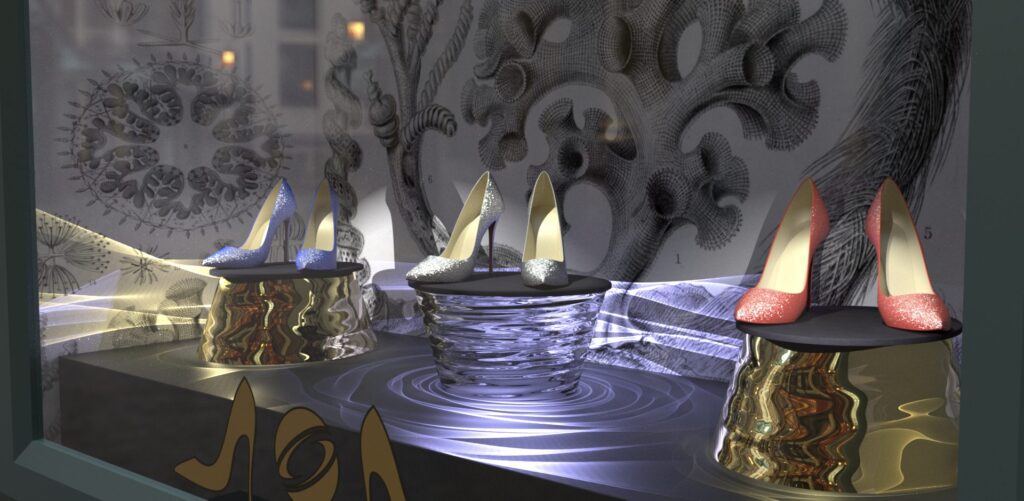
Tizian Zeltner, Iliyan Georgiev, Wenzel Jakob
SIGGRAPH 2020
Scattering from specular surfaces produces complex optical effects that are frequently encountered in realistic scenes: intricate caustics due to focused reflection, multiple refraction, and high-frequency glints from specular microstructure. Yet, despite their importance and considerable research to this end, sampling of light paths that cause these effects remains a formidable challenge. In this article, we propose a surprisingly simple and general sampling strategy for specular light paths including the above examples, unifying the previously disjoint areas of caustic and glint rendering into a single framework. Given two path vertices, our algorithm stochastically finds a specular subpath connecting the endpoints. In contrast to prior work, our method supports high-frequency normal- or displacement-mapped geometry, samples specular-diffuse-specular (SDS) paths, and is compatible with standard Monte Carlo methods including unidirectional path tracing. Both unbiased and biased variants of our approach can be constructed, the latter often significantly reducing variance, which may be appealing in applied settings (e.g. visual effects). We demonstrate our method on a range of challenging scenes and evaluate it against state-of-the-art methods for rendering caustics and glints.
Continuous Multiple Importance Sampling

Rex West, Iliyan Georgiev, Adrien Gruson, Toshiya Hachisuka
SIGGRAPH 2020
Multiple importance sampling (MIS) is a provably good way to combine a finite set of sampling techniques to reduce variance in Monte Carlo integral estimation. However, there exist integration problems for which a continuum of sampling techniques is available. To handle such cases we establish a continuous MIS (CMIS) formulation as a generalization of MIS to uncountably infinite sets of techniques. Our formulation is equipped with a base estimator that is coupled with a provably optimal balance heuristic and a practical stochastic MIS (SMIS) estimator that makes CMIS accessible to a broad range of problems. To illustrate the effectiveness and utility of our framework, we apply it to three different light transport applications, showing improved performance over the prior state-of-the-art techniques.
Integral Formulations of Volumetric Transmittance
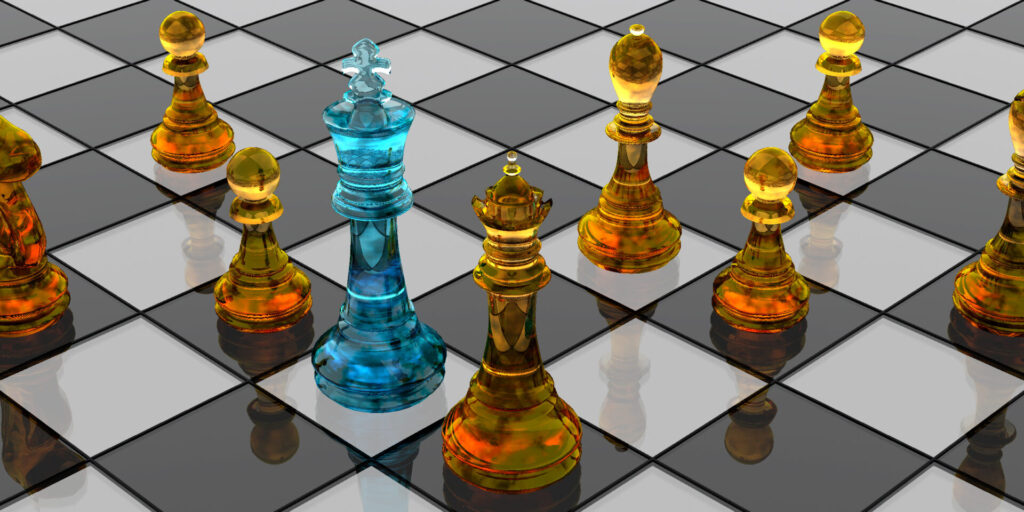
Iliyan Georgiev, Zackary Misso, Toshiya Hachisuka, Derek Nowrouzezahrai, Jaroslav Krivanek, Wojciech Jarosz
SIGGRAPH Asia 2019
Computing the light attenuation between two given points is an essential yet expensive task in volumetric light transport simulation. Existing unbiased transmittance estimators are all based on “null-scattering” random walks enabled by augmenting the media with fictitious matter. This formulation prevents the use of traditional Monte Carlo estimator variance analysis, thus the efficiency of such methods is understood from a mostly empirical perspective. In this paper, we present several novel integral formulations of volumetric transmittance in which existing estimators arise as direct Monte Carlo estimators. Breaking from physical intuition, we show that the null-scattering concept is not strictly required for unbiased transmittance estimation, but is a form of control variates for effectively reducing variance. Our formulations bring new insight into the problem and the efficiency of existing estimators. They also provide a framework for devising new types of transmittance estimators with distinct and complementary performance tradeoffs, as well as a clear recipe for applying sample stratification.
Variance-Aware Multiple Importance Sampling

Pascal Grittmann, Iliyan Georgiev, Philipp Slusallek, Jaroslav Krivanek
SIGGRAPH Asia 2019
Many existing Monte Carlo methods rely on multiple importance sampling (MIS) to achieve robustness and versatility. Typically, the balance or power heuristics are used, mostly thanks to the seemingly strong guarantees on their variance. We show that these MIS heuristics are oblivious to the effect of certain variance reduction techniques like stratification. This shortcoming is particularly pronounced when unstratified and stratified techniques are combined (e.g., in a bidirectional path tracer). We propose to enhance the balance heuristic by injecting variance estimates of individual techniques, to reduce the variance of the combined estimator in such cases. Our method is simple to implement and introduces little overhead.
A Null-Scattering Path Integral Formulation of Light Transport
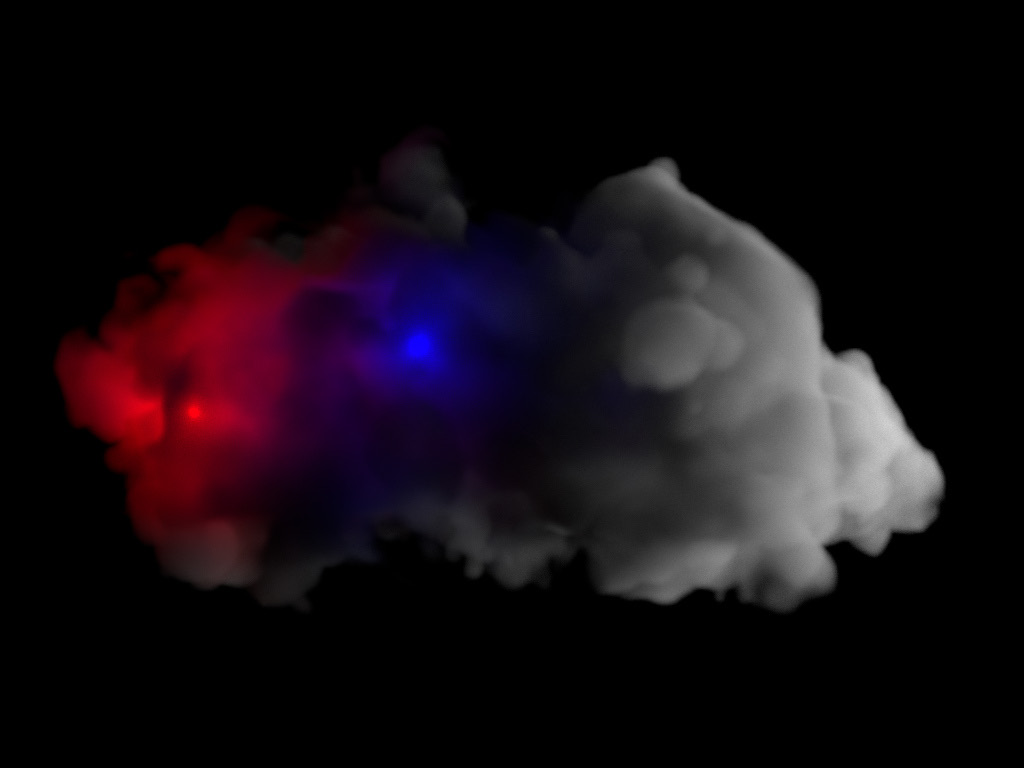
Bailey Miller, Iliyan Georgiev, Wojciech Jarosz
SIGGRAPH 2019
Unbiased rendering of general, heterogeneous participating media currently requires using null-collision approaches for estimating transmittance and generating free-flight distances. A long-standing limitation of these approaches, however, is that the corresponding path pdfs cannot be computed due to the black-box nature of the null-collision rejection sampling process. These techniques therefore cannot be combined with other sampling techniques via multiple importance sampling (MIS), which significantly limits their robustness and generality. Recently, Galtier et al. [2013] showed how to derive these algorithms directly from the radiative transfer equation (RTE). We build off this generalized RTE to derive a path integral formulation of null-scattering, which reveals the sampling pdfs and allows us to devise new, express existing, and combine complementary unbiased […]
Production Ray Tracing of Feature Lines
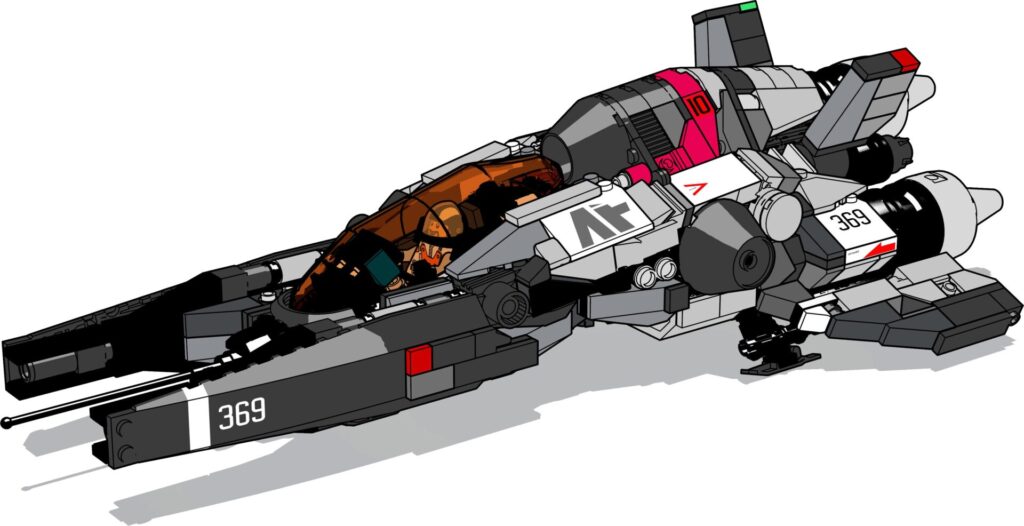
Shinji Ogaki, Iliyan Georgiev
SIGGRAPH Asia 2018
Automated feature line drawing of virtual 3D objects helps artists depict shapes and allows for creating stylistic rendering effects. High-fidelity drawing of lines that are very thin or have varying thickness and color, or lines of recursively reflected and refracted objects, is a challenging task. In this paper we describe an image-based feature detection and line drawing method that integrates naturally into a ray tracing renderer and runs as a post-process, after the pixel sampling stage. Our method supports arbitrary camera projections and surface shaders, and its performance does not dependent on the geometric complexity of the scene but on the pixel sampling rate. By leveraging various attributes stored in every pixel sample, which are typically available in production renderers, e.g. for arbitrary output variables (AOVs), feature lines of reflected and refracted objects can be obtained […]
Arnold: A Brute-Force Production Path Tracer

Iliyan Georgiev, Thiago Ize, Mike Farnsworth, Ramón Montoya-Vozmediano, Alan King, Brecht Van Lommel, Angel Jimenez, Oscar Anson, Shinji Ogaki, Eric Johnston, Adrien Herubel, Declan Russell, Frédéric Servant, Marcos Fajardo
ACM TOG 2018
Arnold is a physically-based renderer for feature-length animation and visual effects. Conceived in an era of complex multi-pass rasterization-based workflows struggling to keep up with growing demands for complexity and realism, Arnold was created to take on the challenge of making the simple and elegant approach of brute-force Monte Carlo path tracing practical for production rendering. Achieving this required building a robust piece of ray tracing software that can ingest large amounts of geometry with detailed shading and lighting and produce images with high fidelity, while scaling well with the available memory and processing power. […]
Stratified Sampling of Projected Spherical Caps
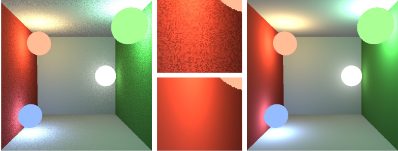
Carlos Ureña, Iliyan Georgiev
EGSR 2018
We present a method for uniformly sampling points inside the projection of a spherical cap onto a plane through the sphere’s center. To achieve this, we devise two novel area-preserving mappings from the unit square to this projection, which is often an ellipse but generally has a more complex shape. Our maps allow for low-variance rendering of direct illumination from finite and infinite (e.g. sun-like) spherical light sources by sampling their projected solid angle in a stratified manner. We discuss the practical implementation of our maps and show significant quality improvement over traditional uniform spherical cap sampling in a production renderer.
Area-Preserving Parameterizations for Spherical Ellipses

Ibón Guillén, Carlos Ureña, Alan King, Marcos Fajardo, Iliyan Georgiev, Jorge López-Moreno, Adrian Jarabo
EGSR 2017
We present new methods for uniformly sampling the solid angle subtended by a disk. To achieve this, we devise two novel area-preserving mappings from the unit square [0, 1]^2 to a spherical ellipse (i.e. the projection of the disk onto the unit sphere). These mappings allow for low-variance stratified sampling of direct illumination from disk-shaped light sources. We discuss how to efficiently incorporate our methods into a production renderer and demonstrate the quality of our maps, showing significantly lower variance than previous work.
Blue-Noise Dithered Sampling
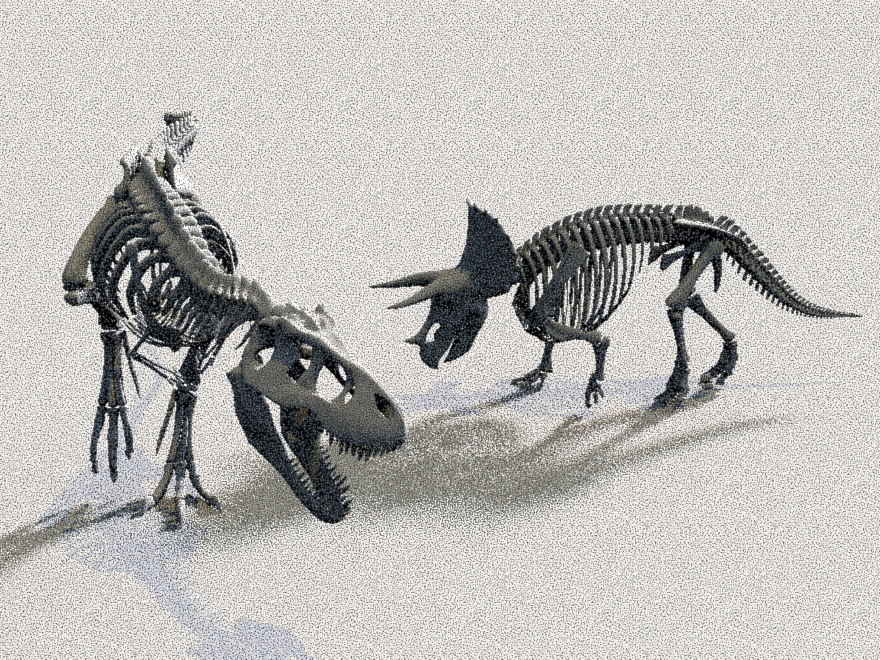
Iliyan Georgiev, Marcos Fajardo
SIGGRAPH 2016
A method that improves the visual fidelity of Monte Carlo renderings without increasing the sampling effort. By correlating the samples between pixels using specially constructed blue-noise masks, the method minimizes the low-frequency content in the distribution of the approximation error, thereby reducing the perceptual error of the image.
Physically Based Shader Design in Arnold

Anders Langlands
SIGGRAPH 2014
alShaders is an open-source, production shader library for Arnold. In this document, we will examine what constitutes a production shader library and examine the design choices that shaped the form alShaders would take. As we will see, many of those choices follow naturally from the design of the renderer itself, so we will also take a brief look at the design of Arnold.
BSSRDF Importance Sampling

Hotel Transylvania (©2012 Columbia Pictures Industries, Inc.)
Alan King, Christopher Kulla, Alejandro Conty, Marcos Fajardo
SIGGRAPH 2013
A simple importance-sampling method for rendering subsurface light transport described by a BSSRDF on arbitrary geometry without any pre-computation.
An Area-Preserving Parametrization for Spherical Rectangles
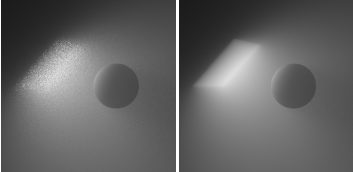
Carlos Ureña, Marcos Fajardo, Alan King
EGSR 2013
We present an area-preserving parametrization for spherical rectangles which is an analytical function with domain in the unit rectangle and range in a region included in the unit-radius sphere. The parametrization preserves areas up to a constant factor and is thus very useful in the context of rendering as it allows to map random sample point sets in onto the spherical rectangle. This allows for easily incorporating stratified, quasi-Monte Carlo or other sampling strategies in algorithms that compute scattering from planar rectangular emitters.
Robust BVH Ray Traversal

Thiago Ize
JCGT 2013
Most axis-aligned bounding-box (AABB) based BVH-construction algorithms are numerically robust; however, BVH ray traversal algorithms for ray tracing are still susceptible to numerical precision errors. We show where these errors come from and how they can be efficiently avoided during traversal of BVHs that use AABBs.
Importance Sampling Techniques for Path Tracing in Participating Media

Christopher Kulla, Marcos Fajardo
EGSR 2012
We introduce a set of robust importance sampling techniques which allow efficient calculation of direct and indirect lighting from arbitrary light sources in both homogeneous and heterogeneous media. We show how to distribute samples along a ray proportionally to the incoming radiance for point and area lights. In heterogeneous media, we decouple ray marching from light calculations by computing a representation of the transmittance function that can be quickly evaluated during sampling. This representation also allows the calculation of another probability density function which can direct samples to regions most likely to scatter light. […]
Importance Sampling of Area Lights in Participating Media

Christopher Kulla, Marcos Fajardo
SIGGRAPH 2011
A method to effectively importance sample the single scattering integral in homogeneous participating media from point lights and area lights of arbitrary shapes.
National Projects
IMAGINE

Development of new advanced algorithms for digital production of photo-realistic synthesis images
The R&D project “IMAGINE”, developed by Solid Angle, has been co-funded by the Ministry of Industry, Energy and Tourism within the National Plan of Scientific Investigation, Development and Technological Innovation 2013-2016 (File TSI-100600-2013-43)
2013 – 2015
NEWGENALGORYTHM

Development of new advanced high performance algorithms applicable for digital content production.
The R&D project “NEWGENALGORYTHM”, developed by Solid Angle, has been co-funded by the Ministry of Industry, Energy and Tourism within the National Plan of Scientific Investigation, Development and Technological Innovation 2013-2016 (File TSI-100600-2015-10)
2013 – 2016